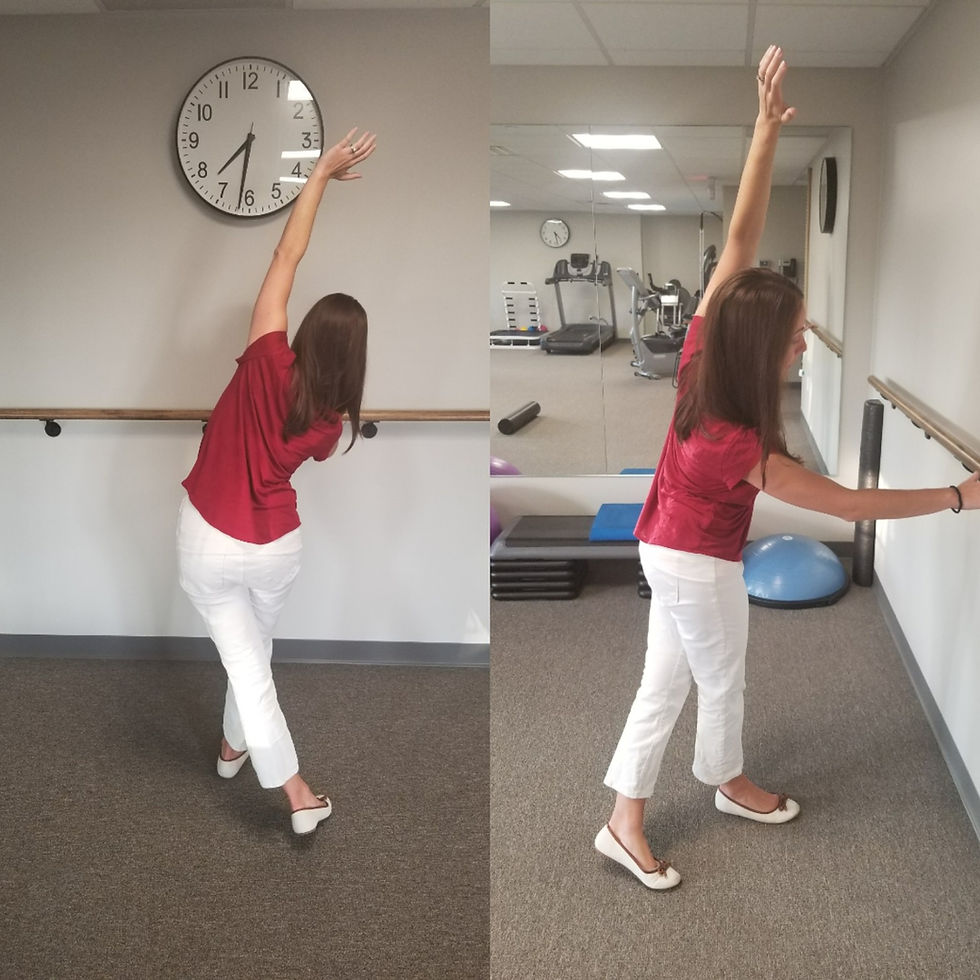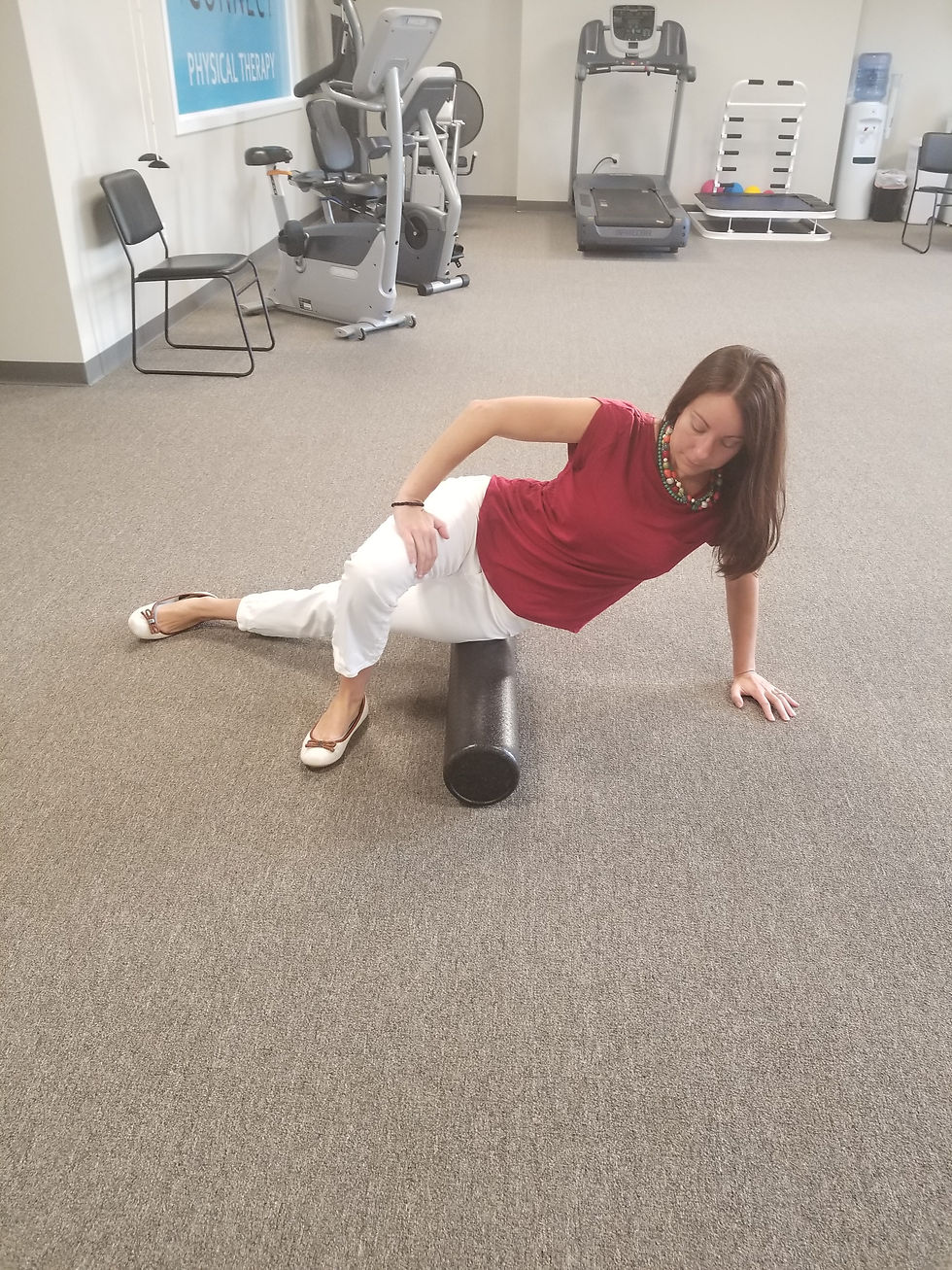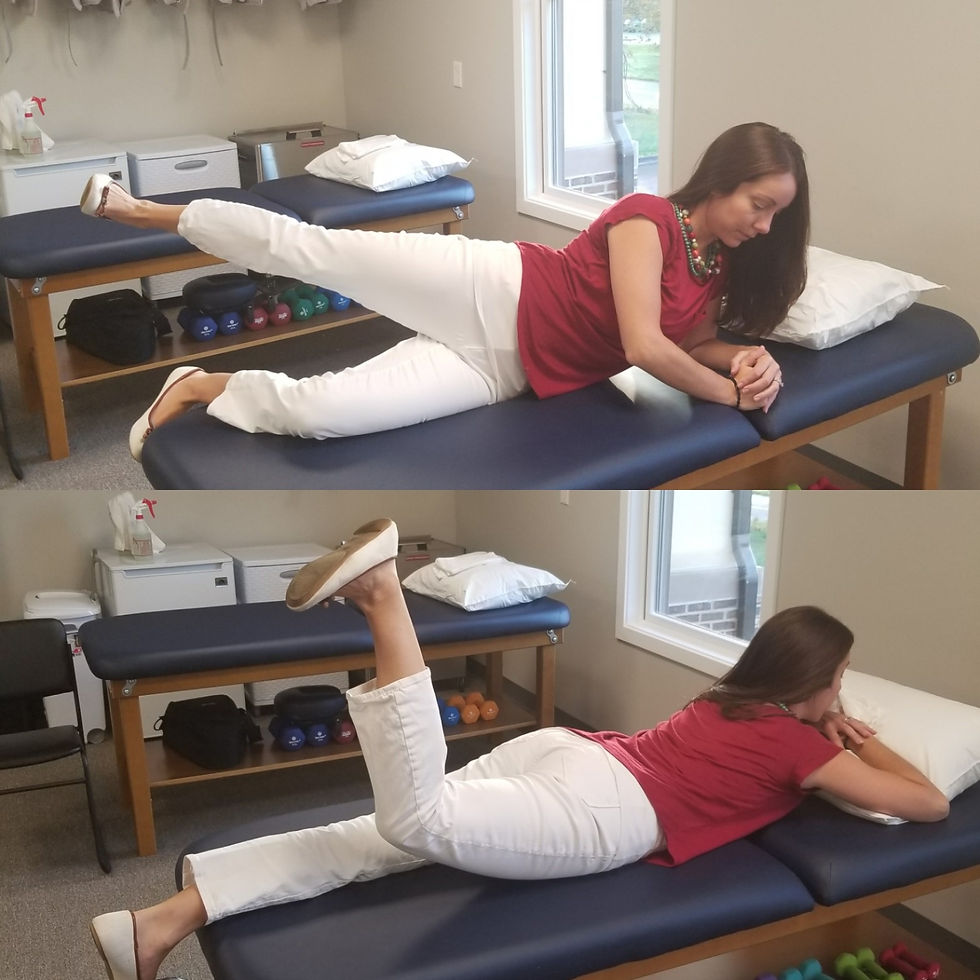What is Runner's Knee?
- Maryann Mancini, DPT, OCS
- Oct 29, 2017
- 3 min read
What exactly is runner's knee?
Just when you are getting in the groove and working up your mileage tolerance, you start to develop sharp knee pain, typically on the outside of the knee cap (patella). It usually subsides once you rest, but when you give it a go again, the pain returns. Sometimes the pain begins around the same mile mark (1... maybe 2 miles) or it can be immediately, with just a couple steps. If this sounds like you, you may very well have something called "runner’s knee", or technically “patellofemoral pain syndrome.”
Patellofemoral pain syndrome, or PFPS, is typically a biomechanical issue that has to do with poor alignment of the lower leg and patella. Every time you bend and straighten your knee, as with running, the patella glides up and down the thigh bone (femur), like a train on a track. If the patella (the train) isn’t sitting properly on the femur (the track), it starts to add pressure on an area of the patella or femur where there shouldn’t be. (Imagine the train tilting to one side and wearing out only one side of the track or train.) When this is done over and over again, you develop pain, known as “runner’s knee.”
Treatment for PFPS is not very straight forward. As with all pain you experience, you must first figure out the cause. There’s a multitude of reasons for developing PFPS, and among the most popular are:
- a “tight” iliotibial band (ITB)
- weak hip muscles (external rotators, like your gluteus maximus and gluteal medius)
- excessively flat feet
- weakness of the thigh and lower leg
Now you might be thinking, "I’m in great shape and I am strong."
Sometimes it is more “relative” weakness. Runners tend to have very strong and dominant hamstrings, and as a result, their gluteal muscles are weaker in comparison. This leads to an internal rotation of the hip (toeing in), which causes unwanted pressures and poor alignment of the patella.
TRY THESE STRETCHES AND STRENGTHENING EXERCISES FOR PFPS

Left ITB Stretch Instructions
1. Place the painful leg behind you (in this example, left leg).
2. Lean your upper body to the right until you feel a stretch in the left hip/thigh.
3. Hold for 30 seconds- 1 minute.
4. Repeat 3 times.
Reverse the above instructions for the right side.

ITB Stretch on Foam Roll (Left leg)
1. Lay on left side.
2. Roll back and forth on the foam roller, using your right leg and left arm too assist the movement.
3. Roll for 30 seconds - 2 minutes. DO NOT roll over outside of knee.
4. Repeat 3 times.
Reverse the above instructions for the right side.

Glut Strengthening (Top Picture)
1. Lay on your non-affected side.
2. Bring your top leg behind you and lift up toward the ceiling.
3. Repeat 3 sets of 10.
4. Repeat for opposite leg.
Glut Strengthening (Bottom Picture)
1. Lay on stomach.
2. Bend painful knee to a 90 degree angle.
3. Lift thigh up toward ceiling, engaging your gluts each time.
4. Repeat 3 sets of 10.
5. Repeat for opposite leg.
All of the above exercises should be painless. Stop any exercise if you experience pain.
If your pain continues to persist after 2 weeks of persistent stretching and strengthening, give us a call and we will be happy to help you, or click here to set up a FREE consultation. Physical Therapy intervention may be just what you need!






















